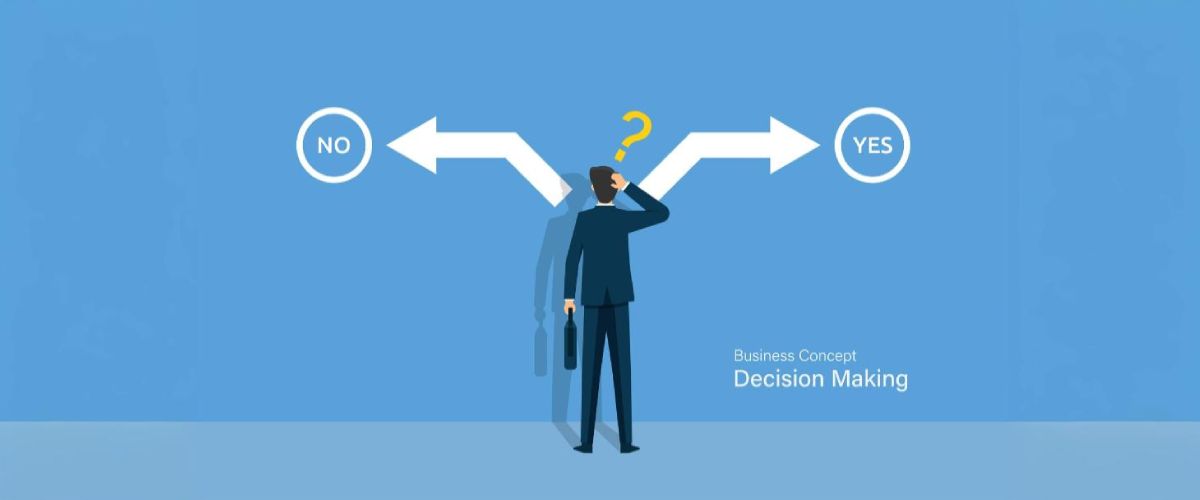
To know whether dropshipping is worth it or not you should know all the highs and lows of this business model. This blog is here to help you decide for yourself whether or not you should invest in this approach. It will also equip you with some questions to ask yourself if you decide to venture into dropshipping. Let’s jump right in.
Pros and cons of dropshipping
In ecommerce, there are pluses and minuses to every fulfillment approach. Whether the benefits are worth the disadvantages solely depends on what you want to achieve and your specific business situation.

Here are some of the pros and cons you should consider when you want to know whether dropshipping is worth it or not.
Benefits of dropshipping:
One of the most crucial considerations is the supply chain transparency. For starters, customers may not be aware of the dropshipping practice. The lack of communication about the sourcing and the process of fulfillment can feel like deception.
1. Overhead costs
If you dropship, you don’t need to store or ship the products. That’s why it can save you the overhead costs involving sending products to your customers and maintaining a storage facility.
2. Reduced risk
Over-ordering of products or lost merchandise can cost retailers if they have invested for the inventory. But since a dropshipper does not pay for the inventory the risk of losing money this way is low.
3. Starting costs
The starting cost of dropshipping business is pretty low because the need to expend on resources or facilities is not there. This is attractive for entrepreneurs who are looking to invest minimally and start a business.
4. Flexibility
If you are not yet sure about what goods you want to sell, you won’t have to fear losing your investment when you are dropshipping. You can try selling different goods and see what sells best.
5. Scalability
Without making the inventory (you store, pack, and deliver) larger, you can accept more orders by leveraging suppliers. This is easier if you dropship, making this model more lucrative.
6. Multi-channel selling
You can use dropshipping to sell on your own domain via social media channels, a store like Amazon, or Shopify, and you use it for your business giving you multiple options or opportunities.
Disadvantages of dropshipping:
1. Competition
Dropshipping has become a highly competitive field as it allows people to start with low investment and related expenditure.
2. Inventory management
You would not get real-time updates on what is available in stock. When a customer places an order and finds the product to be out of stock it would lead to a poor experience. This will affect your brand poorly and diminish future sales.
3. Product quality
When you are dropshipping, ensuring your customers are getting a good product is very difficult as you have almost no involvement in the order fulfillment process. It’s a disadvantage if you want to guarantee product quality.
Also read: Is Dropshipping Ethical: If Not, What To Do?
4. Profit margins
If your products are not distinguishable you have to compete more aggressively on price. You can end up with a very low profit margin (15 to 20% and about 1.95% conversion rate) if you continue to sell at low prices.
5. Branding
Most dropshippers struggle to differentiate their offerings because other sellers can offer the same things. If you want your products to be distinguishable or unique, dropshipping may not be for you.
For some businesses, the limitations to dropshipping are not enough to outweigh the possible gains. But what’s it like from your point of view?
Is dropshipping worthwhile to ‘you’: ask these questions
Ultimately, it depends on ‘your business’. We have prepared a few questions that you can ask yourself to gauge whether dropshipping would be a feasible option for you or not.

1. How much control do you want over product quality?
Your brand loyalty, customer acquisition, and returns are heavily dependent on the quality of the products you’re shipping to your customers. On an ongoing basis you will have limited control over the products and inspecting the quality of these items would become almost impossible. Upon failing to meet customer expectations, you could receive negative reviews.
2. How do you want to build your brand?
What the customer-facing aspects of your business looks and feels like creates the brand impression. If it’s a positive one, it can help you grow customer loyalty. However, as you have low control over the delivery experience, product quality, and the ‘look and feel’ of the final package you do not get a chance to build brand impression. You may only get to create a branded online presence and not get your hands on product customization.
3. How much do you want to earn?
As dropshipping has a lower barrier to entry it is more competitive. That’s why dropshipping sellers offer products at low prices. Therefore, if you are prepared to earn low profit margins it may work for you. However, if you can position yourself outside any hyper-competitive field or invest in making your brand stand out you can overcome some of the issues.
4. How will you handle replacements, returns, and refunds?
Replacement, returns, and refunds may look simple on the surface but you should be prepared for very complicated processes. Before creating your refund and return policy, you should invest time understanding how a dropshipping service tackles returns.
Before you sign on with a supplier, ask these questions:
- What is the return window for buyers?
- What are the supplier’s restocking fees?
- Who covers return shipping fees for defective items?
- Who is responsible for defects?
Before you make changes to your business model you should use these questions to understand the potential costs involved in return scenarios.
5. How will you handle inventory and supply issues?
Having little to no control over your supply chain presents you with some issues like delays in production and disappointing your customer. To counter running low on inventory you may source products through multiple services and rely on multiple suppliers. However, it may be counterproductive with more complexity to logistics if you work with multiple suppliers.
6. How will you handle customer fulfillment concerns?
You should know that even small miscommunications with your supplier can result in negative customer experiences, that’s why taking a consumer view point and considering the entire purchasing process is necessary. If you are ready to optimize various customer touch points you can create good customer experiences and earn positive reviews which can improve your brand loyalty over time.
Pay attention to the following aspects:
- Are customers getting the shipping notification after ordering?
- Do products arrive in proper condition?
- Do packages arrive at a fixed/expected time?
- Does the packaging do well to reflect your brand?
Final thoughts
When you don’t have access to a large capital the dropshipping business model is an attractive option allowing you to get a business up and running. However, it has some obvious downsides as well. After you have gone through the blog, you know exactly what you will be getting into when starting your dropshipping business. You can weigh in the pluses and minuses and decide whether dropshipping is worth it or not.







